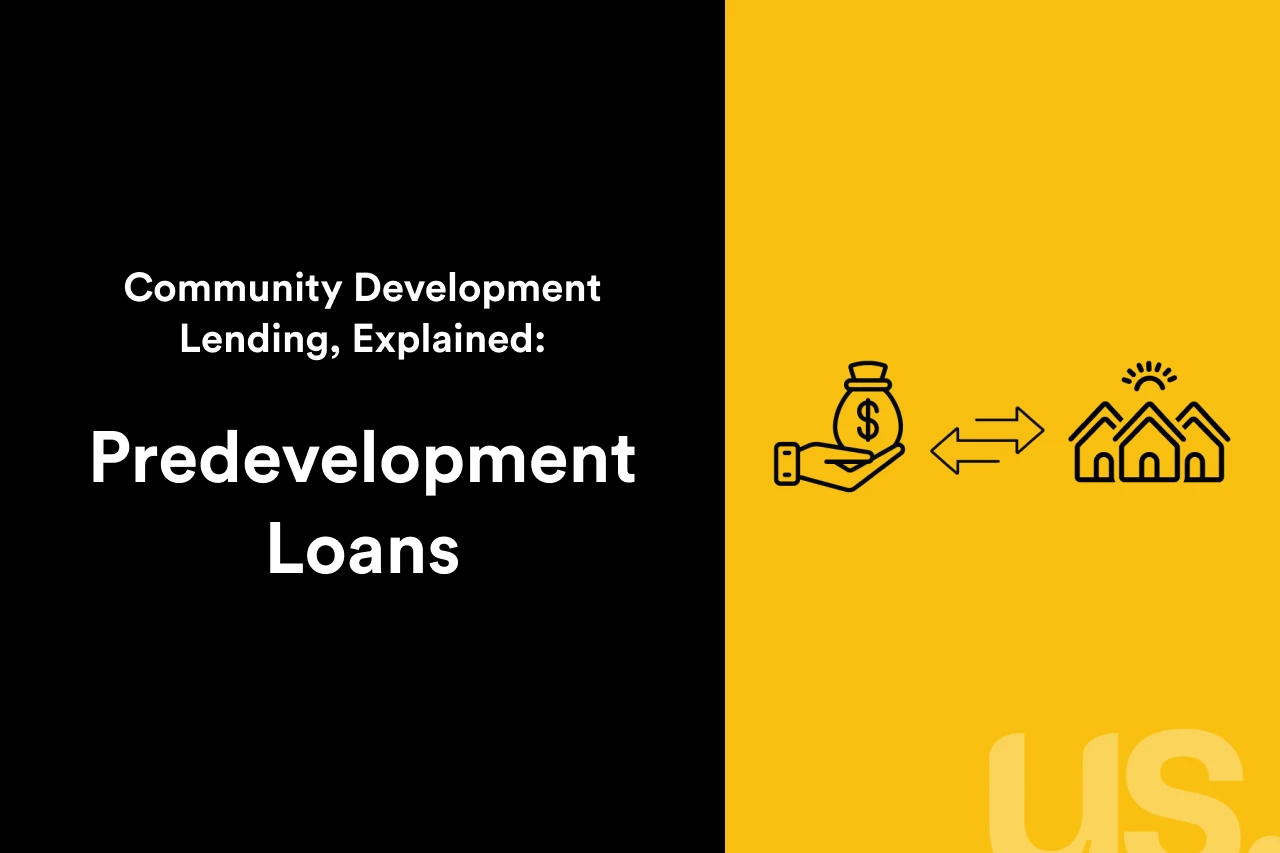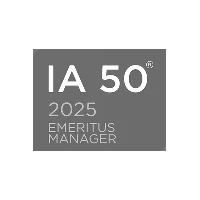In this series about community development lending, we aim to shed light on the diverse types of loans we offer at Capital Impact Partners, in the hope that it will provide the clarity our borrowers need to make an informed decision about applying for a community development loan. In this first installment, we delve into the essence of predevelopment loans, exploring what they are and how developers and community leaders can utilize them to bring their community-centered projects to life.
What is a Predevelopment Loan?
A predevelopment loan serves as a critical lifeline during the earliest stages of a development project. It specifically targets the upfront costs associated with project planning and preparation, enabling developers to refine their visions and align them with the needs and aspirations of the communities they aim to serve. This loan bridges the gap between concept and execution, ensuring a solid foundation for success.
Exploring Site Selection and Due Diligence
Choosing the right location is paramount in community development projects. Predevelopment loans allow developers to explore potential sites, conduct due diligence, and assess the feasibility of their projects; this phase involves considerable research and assessment. From evaluating zoning regulations and environmental factors to assessing community demographics and market demand, developers can make informed decisions that contribute to the long-term success of their initiatives.
Capital Impact has financed a predevelopment loan to Chestnut Neighborhood Revitalization Corporation (CNRC) to assess the feasibility of constructing The Ivory, a five-story, mixed-used, mixed-income development in the Chestnut neighborhood of Austin, Texas. The Ivory’s construction is expected to preserve the history, legacy, and culture of Chestnut, once a flourishing artistic, cultural, and commercial hub for the African-American community.
Engaging Stakeholders and Building Partnerships
Predevelopment loans not only provide the financial means for planning but also facilitate collaboration and partnership building. Developers can leverage these loans to engage with stakeholders, including community members, local organizations, and government agencies. Through consultations, workshops, and community meetings, developers can gather valuable input, build consensus, and establish partnerships that enhance the overall project design and increase its positive impact.
An illustrative example is Russell Woods, a 102-unit assisted living senior housing development located in Detroit. Capital Impact has financed a predevelopment loan to Icon Heritage Partners to ensure that collaboration with the City of Detroit was established so that the renovation of the property fit within the city’s Strategic Neighborhood Plan.
Navigating Regulatory Requirements and Permitting
Complying with regulatory requirements and obtaining necessary permits can be complex and time-consuming. Predevelopment loans enable developers to navigate these processes efficiently by allocating funds for legal and consulting services, permit fees, and other regulatory expenses. This support streamlines the development timeline and minimizes potential obstacles, ensuring smoother project progression.
Mitigating Risks and Demonstrating Viability
Developing a successful community-centered project involves potential risks. Predevelopment loans mitigate these risks by providing financial resources to overcome obstacles encountered during the planning phase. By demonstrating project viability and commitment, developers enhance their credibility when seeking additional financing from lenders or investors for subsequent project stages.
TBV Courtyard, a 12-unit affordable multifamily development in the South Annex neighborhood of Richmond, California, is a great example of how additional project financing comes more easily when project viability is demonstrated. TBV Courtyard represents phase two of a larger development plan to provide a total of 105 units of affordable housing to the neighborhood. Given that phase one’s predevelopment studies proved viable, the process to receive financing for phase two was seamless.
Check out our mission-driven lending page for more information about our products to find out which might work best for you.
Stay tuned for the next installment in our blog series, where we explore real estate acquisition loans, another type of loan that moves community development projects forward.








